Before and After: A Dated Bungalow to Oak Frame Dream Home
Phil and Claire Baker have sensitively renovated and extended a dated 1960s bungalow that sat on their dream plot in the Cotswolds — turning it into a charming family home

Sometimes, the real potential of a plot is only revealed once you’ve lived in a property for a while. That was the case for Claire and Phil Baker, who back in 2011 bought a 1960s bungalow in the Cotswolds countryside then set to work on a shoestring budget to completely refurbish the property, drawing on the skills of a local carpenter, putting in hundreds of hours of their own time and calling on the support of local friends.
Only when they’d moved in and started living in the three bedroomed property did they realise just how amazing the hillside views were from the house. Luckily, the house sat on a generous third of an acre, and the couple had the budget to set out building an extension.
Here, the couple explain the project and how a bungalow extension completely transformed their lifestyle.
Why Did You Choose to Use Oak Frame?
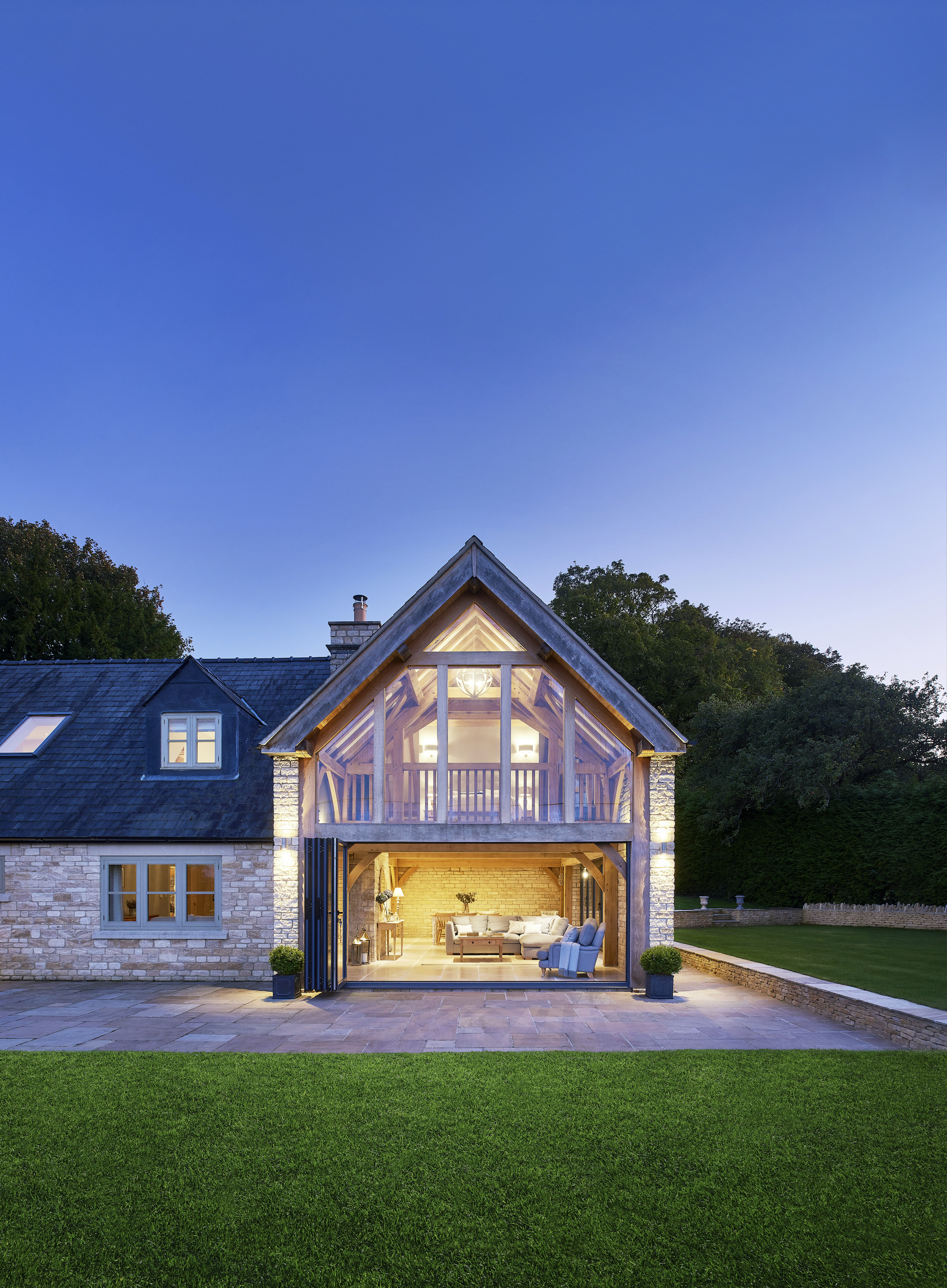
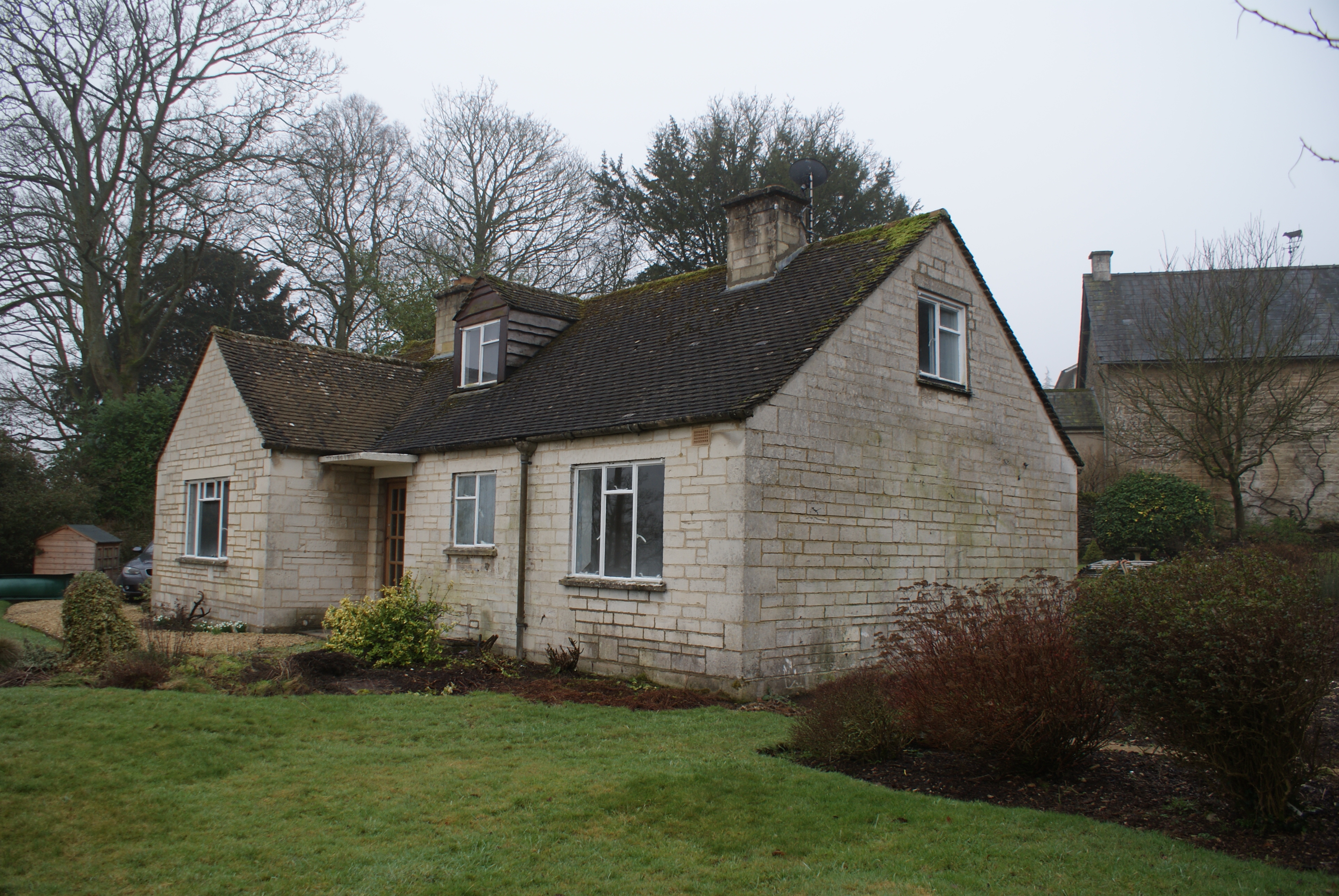
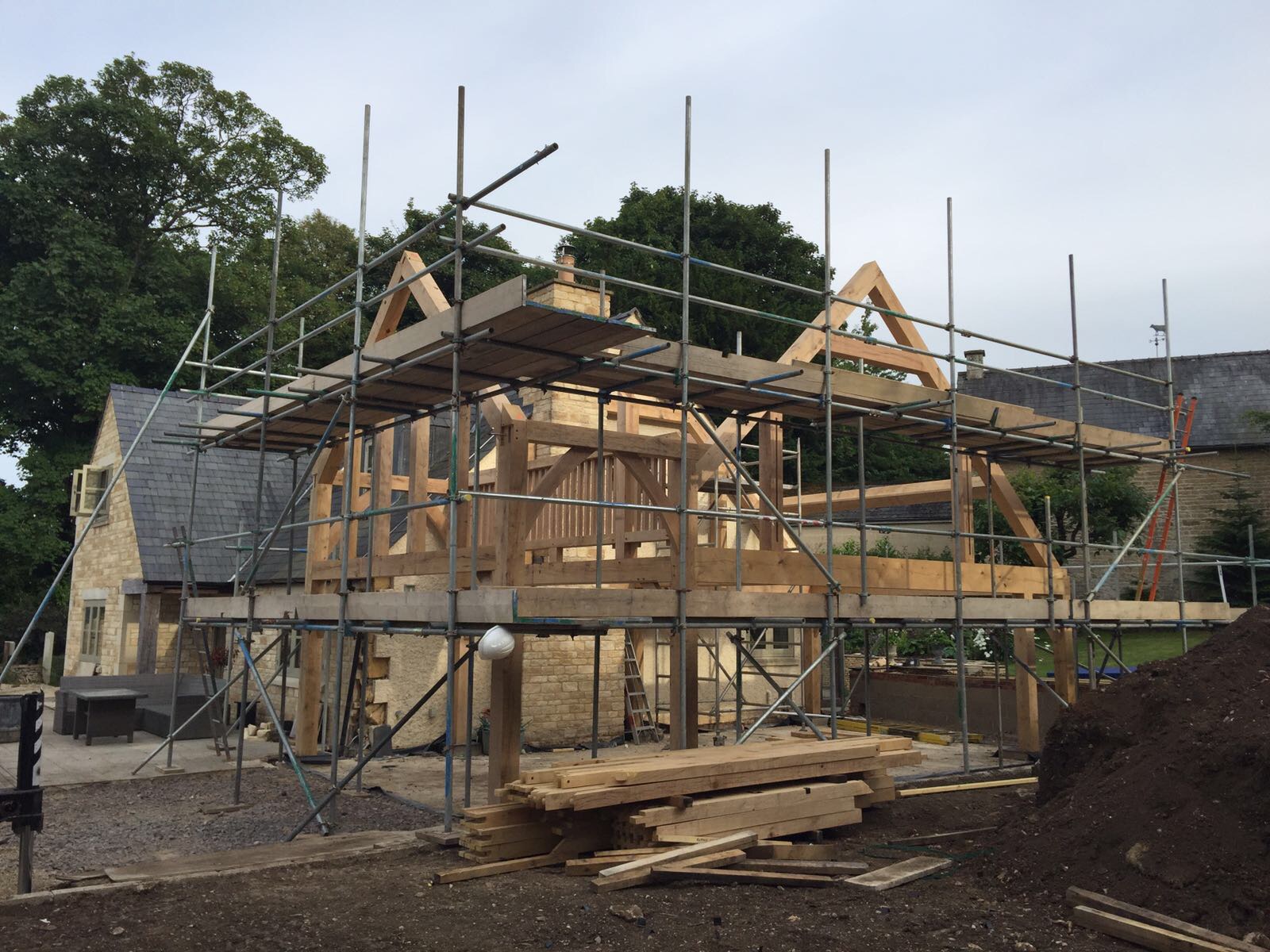
Homeowners Phil and Claire Baker
Project Oak extension to an extensively refurbished 1960s bungalow
Location Gloucestershire
Build time Eight months
Build route Self project managed
Size 56.8m2 (ground), 36.8m2 (first)
House cost £385,000 (in Dec 2010)
Build cost £195,000
Value £1million
Phil: We both love oak and we’d used it in the main house, mainly for aesthetic reasons. We came up with our own oak frame extension design, which included a large expanse of glazing to make the most of the views and exposed oak rafters in the roof. We then took the designs to Oakwrights for them to create a buildable design.
The Extension Looks Like it’s Always Been Part of the House. How Did You Achieve That?
Claire: We were keen to have a seamless extension so that it looked like it had always been there alongside the bungalow renovation. We matched the stones from the same local quarry and our original house already had some oak features.
Inside we used the same tumbled limestone floor tiles throughout so there is a really nice flow. On the roof we chose the same slates; right now you can see the difference between them but the new slates will soon weather in.
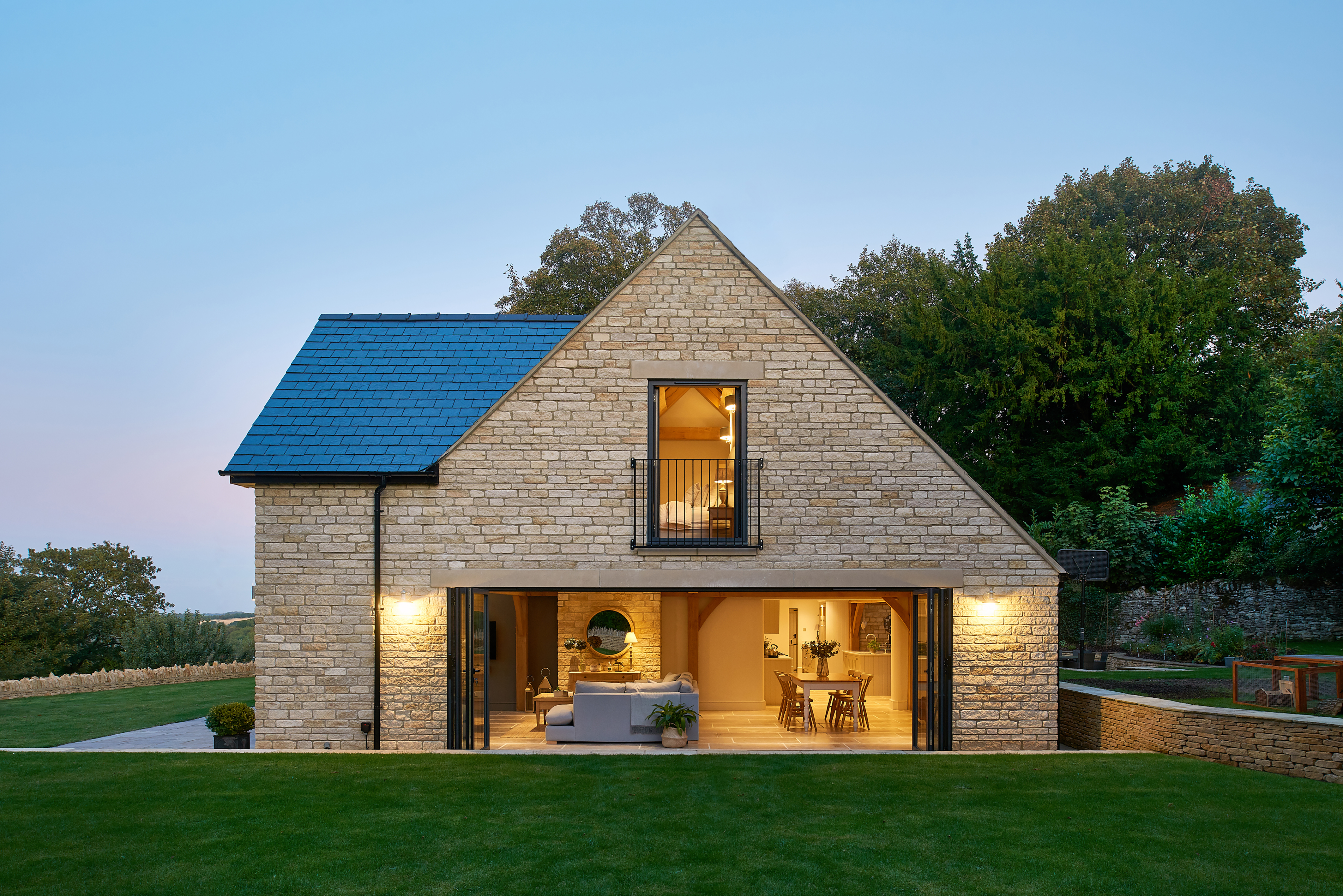
Can You Tell Us About the Double-Height Glazing?
Claire: We liked the idea of a double-height space and we knew we wanted the extension to have a strong glazed element in the bungalow interior design. We have a great connection to the garden from the living/dining space and we enjoy loads of natural light in the morning in our bedroom above, which has lovely views. You can really see the weather change over the valley.
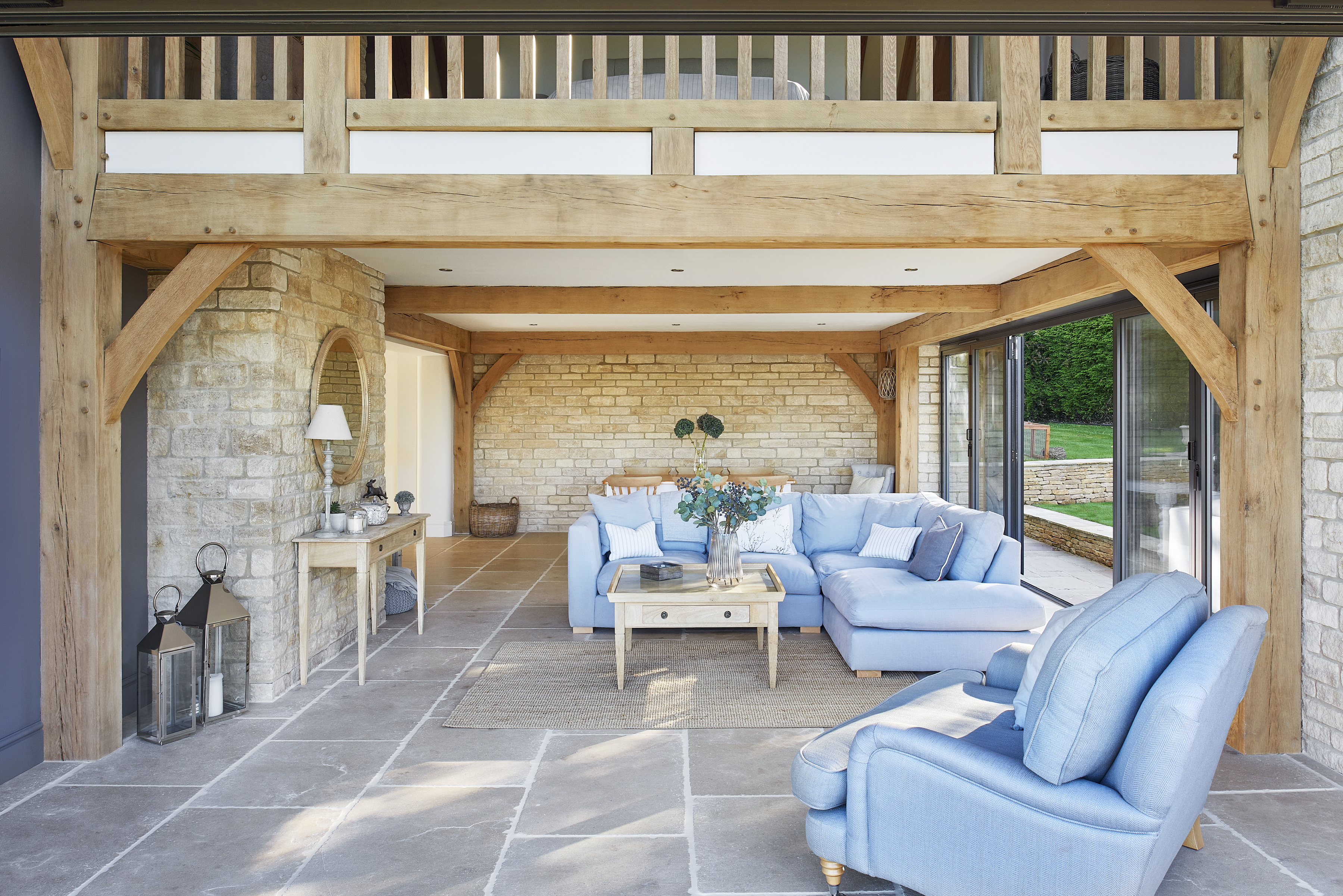

You Project Managed the Extension: How Did you Find the Experience?
Paul: Project managing wasn't too daunting! Oakwrights provided the frame and we took over for four or five months. We found a very good local builder to do the groundworks, stonework and internal fittings, and we also employed a plumber, electrician and kitchen installer. Oakwrights came back towards the end of the project to fit the glazing and do the face boarding.
We were really pleased with the oak cleaning process; we used a company recommended by Oakwrights that used a solvent to clean the oak and it came up really well.
We had our ups and downs but overall it went quite smoothly. Now that we’ve finished, we are so pleased with it. It would feel strange not having it as part of our home.
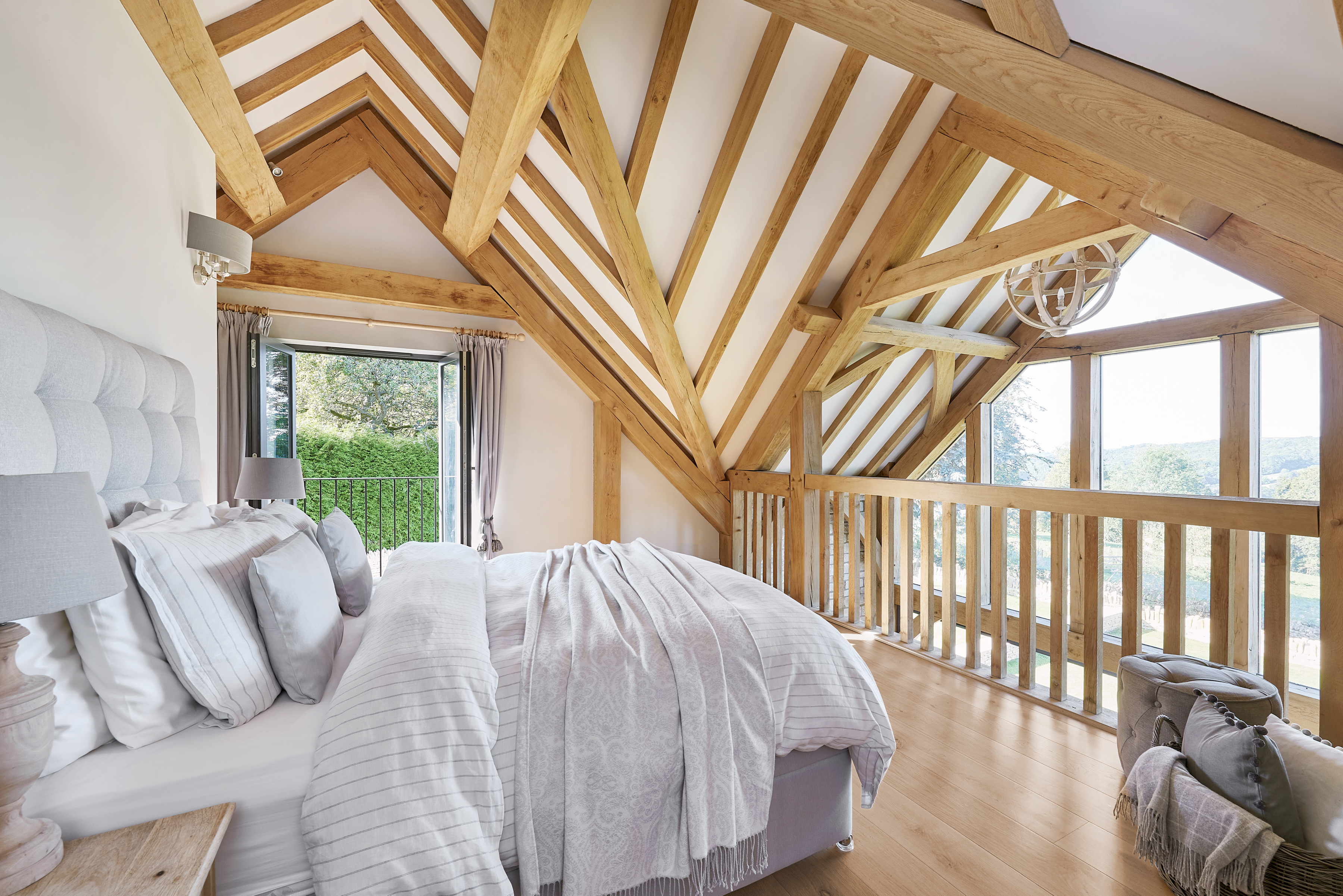
Get the Homebuilding & Renovating Newsletter
Bring your dream home to life with expert advice, how to guides and design inspiration. Sign up for our newsletter and get two free tickets to a Homebuilding & Renovating Show near you.
Alison Wall is an experienced homes journalist, and former chief sub editor of Homebuilding & Renovating. She has interviewed countless self-builders and renovators regarding their projects, and has a special interest in eco builds. She is also renovating her 1970s home and garden, and has a particular interest in making her own home greener, having recently added solar panels, an EV chargepoint and a solar battery system.

